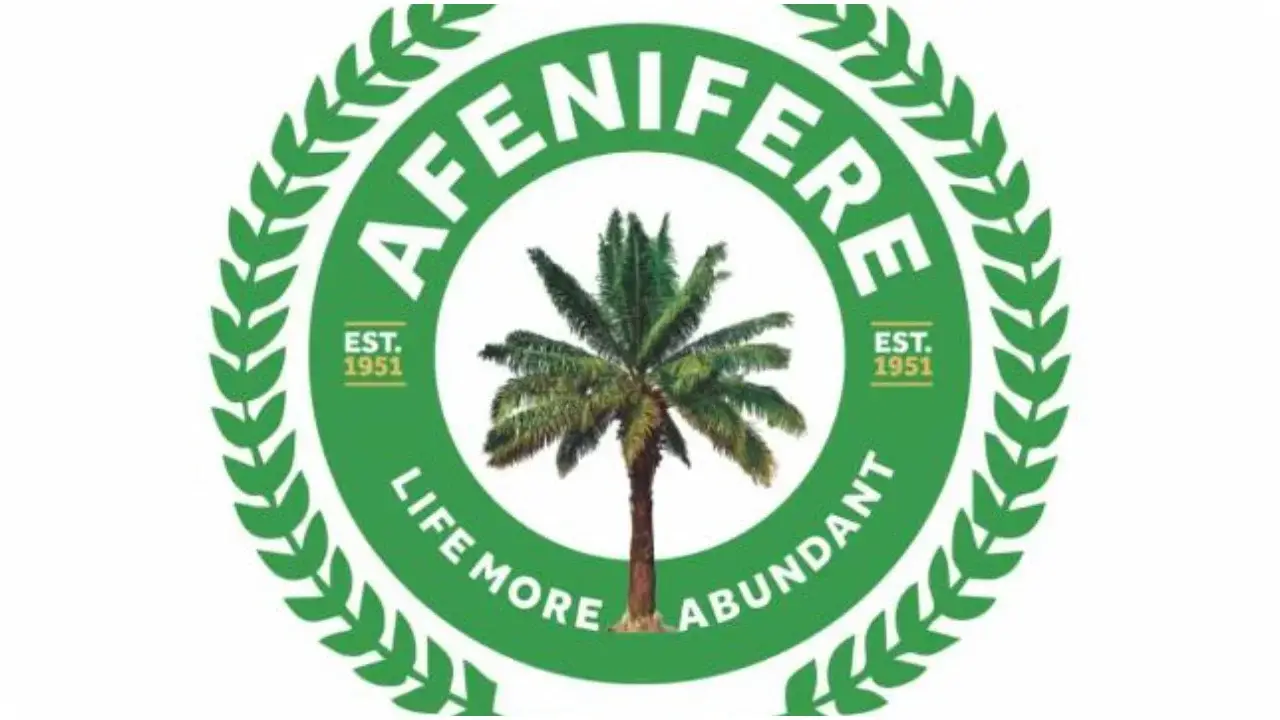There aren’t many people who can claim to have seen a snowman fly over their house. It may sound fantastical, but every Christmas I settle down to watch The Snowman, Raymond Briggs’s best-loved work, and watch as the red-haired boy and the plump, tangerine-nosed snowman swoop over the downs that surround the village where I live before gliding above the Royal Pavilion and Brighton Pier and on out to sea.
The Snowman, like many of Briggs’s works, unfolds against a backdrop of the East Sussex landscapes he loved, and where he lived for more than 50 years. So it’s fitting that the first exhibition of his life and work since his death in 2022 is being held not in a London gallery but at Ditchling Museum of Art + Craft, just a couple of miles from his house in the village of Westmeston. Original drawings and illustrations, memorabilia, photographs and framed fan letters (including one from an American pastor enraged to discover that Father Christmas included images of Santa on the loo) give a unique insight into one of the greatest illustrators Britain has ever produced.
One of the most interesting exhibits is Briggs’s desk, still cluttered with all the ephemera he worked among while creating When the Wind Blows, Fungus the Bogeyman and Ethel and Ernest. Photographs of him at the desk show the view he called “a great privilege”, stretching north across the Sussex Weald to the faint haze of Ashdown Forest in the distance. Every morning he walked the quiet footpaths and shady bridleways that knit the farmers’ fields to the low green hills, and recreated this countryside in the pages of his books.
I understand his love of this quiet corner of Sussex, because his footpaths and fields are mine too. There’s something slightly miraculous about this broad swathe of countryside sandwiched between the built-up coastal strip and the belt of commuter towns – Burgess Hill, Haywards Heath and Crawley that lie to the north of Briggs’ corner of the national park. The towns may be growing, but the South Downs lies between the urban sprawl like a great green lung. Strike out on to one of the centuries-old bridleways, and only the newly planted vineyards advancing across the fields like silent armies are evidence of the world turning at all.
“It’s very Briggs – grounding his work in specific places to make it feel very real and authentic,” says Steph Fuller, director of Ditchling Museum. “His family talks about how much he loved the downland landscapes – it’s wonderful to see how tuned in he was, how much he understood the countryside and played it back into his drawings.”
The beauty of holding the exhibition so close to where Briggs lived is that it gives the opportunity to follow in his footsteps and walk through the landscapes on show in his work. Most visitors to this part of the world head up on to the downs to walk a stretch of the South Downs Way, with the sea shimmering to the south, and the villages of Ditchling, Westmeston and East Chiltington – where Briggs is buried – on the north side of the escarpment.
I prefer to follow Lodge Hill Lane past the museum, take a right on to Boddington’s Lane and then follow the footpath on to the low hill behind the village. From here, Ditchling’s medieval houses – most famously Wings Place, given to Anne of Cleves as part of her divorce settlement from Henry VIII – and the picturesque high street roll out towards the downs, the ridge of hills rising like a khaki-hued tsunami, dwarfing the houses dotted through the fields below. If I have more time, I’ll walk the three miles from Ditchling to East Chiltington, following the route of the old Roman road – the Greensand Way – that once ran from Barcombe Mills, near Lewes, to Pulborough in West Sussex.
Best of all, any walk in this part of the world tends to end up – or at least pause – in one of the unspoilt pubs that lie on quiet lanes. Briggs was often seen at the Half Moon in Plumpton, set directly opposite a byway leading up on to the downs, or at the Bull in Ditchling, with its medieval, low-beamed bar. My favourite is the Jolly Sportsman in East Chiltington – the kind of pub you’d never find if you didn’t know it was there, with a sunlit, flower-filled garden and elegant, candlelit dining rooms.
A walk on the downs, a pint in the pub – such simple pleasures are the essence of Briggs’s work. “His books are finely observed portraits of day-to-day life,” says Fuller, “but those lives form the backdrop to something extraordinary, whether it’s a snowman coming to life or the threat of a nuclear explosion. I think that’s why his work is so loved, so uniquely engaging: it encourages us to find the extraordinary in the everyday, just as Briggs did himself.”
Bloomin’ Brilliant: The Life and Work of Raymond Briggs runs from 27 April to 27 October at Ditchling Museum of Art + Craft.
A short break in Snowman country
Eat The Nutmeg Tree in Ditchling serves excellent lunches, coffee and cake in its pretty walled garden and traditional tearoom, while the Half Moon in Plumpton offers small plates – welsh rarebit, mushrooms on toast – alongside pub classics. For a proper splurge, book a table at the Jolly Sportsman – specify if you want to be outside.
Stay The Bull has chic doubles from £143, room-only.
Walk (about 8½ miles, quite taxing) Begin at Hassocks station, where the signposted footpath from the car park leads across fields and up on to the downs. Pass the Clayton Windmills (featured in The Snowman) and follow the South Downs Way to Ditchling Beacon. Cross the road and keep to the ridge, looking for the footpath sign down to Westmeston. Follow the signs north out of the village, across the fields and through (usually very muddy) woods to Ditchling. Follow Lodge Hill Lane past the museum and on up to Oldland Windmill before following the road down to Keymer village and back through Hassocks to the station.





